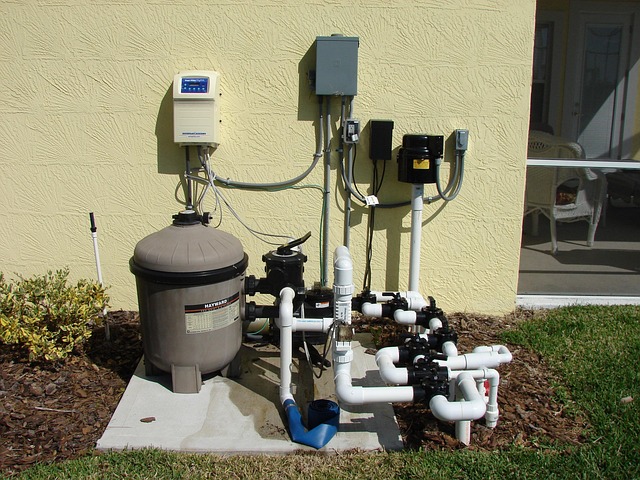The Future of Hydrogen Fuel Cell Vehicles: A New Chapter in Automotive History
The automotive world is always full of surprises and innovation. One of the most promising yet under-discussed developments is the rise of Hydrogen Fuel Cell Vehicles (HFCVs). This article will delve into the history, current trends, and future potential of HFCVs, providing a comprehensive guide for car enthusiasts and the average reader alike.

A Blast from the Past: Early Beginnings of Hydrogen Fuel Cell Vehicles
The concept of HFCVs is not new. In fact, it traces back to the mid-20th century. The first functioning hydrogen fuel cell was created by British engineer Francis Thomas Bacon in 1959. But it wasn’t until the 1990s that car manufacturers started to explore the potential of hydrogen as a fuel source for vehicles. The Honda FCX Clarity, launched in 2008, was one of the pioneers in this field, providing a glimpse into a future where cars could run on the most abundant element in the universe – hydrogen.
The Current State of Play: Hydrogen Fuel Cell Vehicles Today
Fast forward to today, several automakers, including Toyota, Hyundai, and Mercedes-Benz, have released their own versions of HFCVs. The Toyota Mirai and Hyundai Nexo are leading the pack, boasting impressive ranges and refueling times that rival traditional internal combustion engines. Despite this progress, HFCVs currently make up a small fraction of the global vehicle market, primarily due to high costs and lack of infrastructure.
The Impact and Potential Advantages of Hydrogen Fuel Cell Vehicles
HFCVs offer several advantages over traditional vehicles and even electric vehicles. They produce zero tailpipe emissions, with water being the only byproduct. Moreover, they have longer ranges and faster refueling times compared to battery electric vehicles. If the hydrogen is produced using renewable energy, HFCVs could be a truly sustainable transport solution.
The Challenges Facing Hydrogen Fuel Cell Vehicles
However, there are significant challenges to overcome. The hydrogen fueling infrastructure is currently lacking, making it difficult for many consumers to consider HFCVs as a viable option. Additionally, the production of hydrogen is energy-intensive and often relies on natural gas, undermining the environmental benefits.
Looking Ahead: The Future of Hydrogen Fuel Cell Vehicles
Despite the challenges, the future of HFCVs is promising. The International Energy Agency predicts that by 2050, hydrogen could account for nearly 20% of total energy consumed by the global transport sector. Technological advancements and increased government support could help reduce costs and develop the necessary infrastructure.
In conclusion, the story of Hydrogen Fuel Cell Vehicles is still being written. They represent a fascinating chapter in the ongoing evolution of the automobile, holding the potential to revolutionize our transport systems while helping to combat climate change. As we continue to explore the limits of technology and innovation, one thing is certain: the road ahead is full of exciting possibilities.




